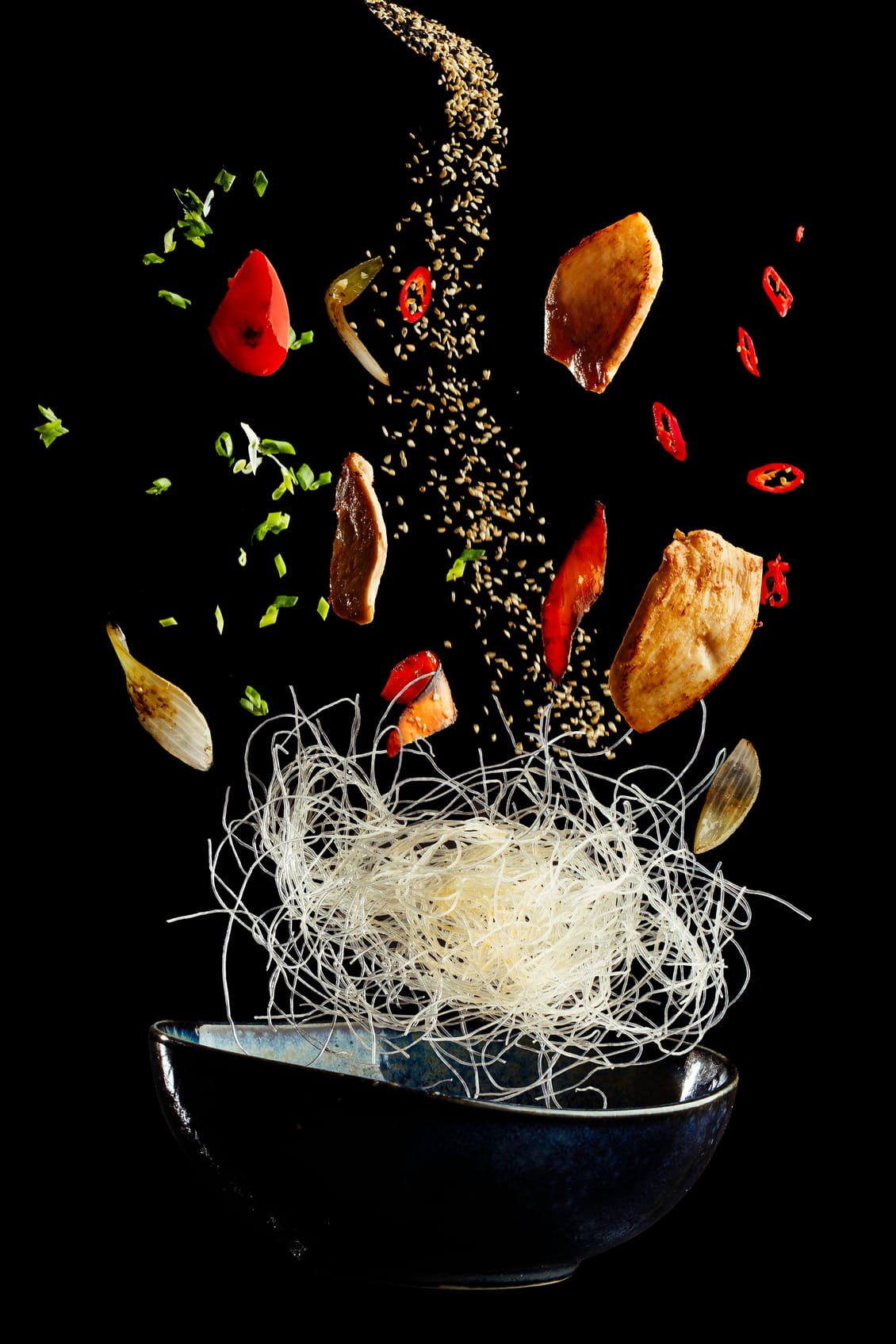
It’s still in the news on a daily basis in many parts of the world: food inflation is an active problem for a large number of households. We won’t go into the current figures because we did that last week – but while there are signs that inflation is stalling and some countries are entering a period of deflation, the cost of food remains high.
This, along with the uncertainty and financial pressure that people have been facing since the onset of the COVID-19 pandemic, means that premium food brands are marketing high-cost products in a market that is seeking out better value for money.
Research by McKinsey in 2023 found that 53% of consumers in Europe say they want to save more money on food, and 36% plan to buy more private or own-brand labels than they did in 2022. Consumers also want to spend less on premium, sustainable, and healthy food products in order to cut costs.
McKinsey also found that around 15% of consumers in Central Europe have chosen to reduce their purchases of high quality, premium foods this year. And this trend is even more widespread in certain countries, including Czechia (21%), Ukraine (24%), and Croatia (25%). Luxury items, and food products that aren’t essential for daily meals, have been cut the most.
In Africa and the Middle East, global data firm Kantar noted that due to inflation, consumers are spending more but buying less. While there are variations between different countries, the overall expectation was that shoppers would look for ways to increase value-for-money – and that has a knock-on effect on premium food brands.
And the picture in the US is similar: reports suggest that consumers are spending more money on groceries but buying less products.
Alongside the fact that many consumers are choosing to trade down in quality and price, premium brands are affected by a number of other factors:
But it’s not all bad. While price sensitivity is a key concern, there are still segments of the market where premium products are gaining traction.
These pockets are market segments where consumers remain willing to pay a premium price for certain products, including sports drinks, canned and bottled fruit drinks, and non-chocolate candy or sweets. And these pockets vary between regional markets; in the UK for example, sales of premium nut butters and snack nuts and seeds have remained strong.
Pockets of premiumisation pose a challenge for premium food and beverage brands. Firstly, many premium brands operate in only one or a small number of national markets – so the number of segments where high-cost products are still in demand is likely to be low. And secondly, larger brands that operate across many countries may need to identify different pockets in all of those countries, and feed that information back into supply chain logistics to avoid over or under-supplying in-demand products.
But the existence of these segments shows that consumers are still willing to spend more on products that they perceive to be valuable to them.
So the key to understanding pockets of premiumisation lies in understanding what your customers value right now; whether it’s health-supportive food products, high-energy products, high-quality ingredients for staple meals, indulgent products, or something else. And research into those values must be ongoing – because preferences are changing fast, and what consumers want to spend more on today might not be the same next month.
Take your seat at the InFlavour table, a government-backed and world-leading B2B food event by Tahaluf.
E-mail address SubmitWant to keep up to date with all our latest news and information? Enter your name below to be added to our mailing list.
E-mail address Submit